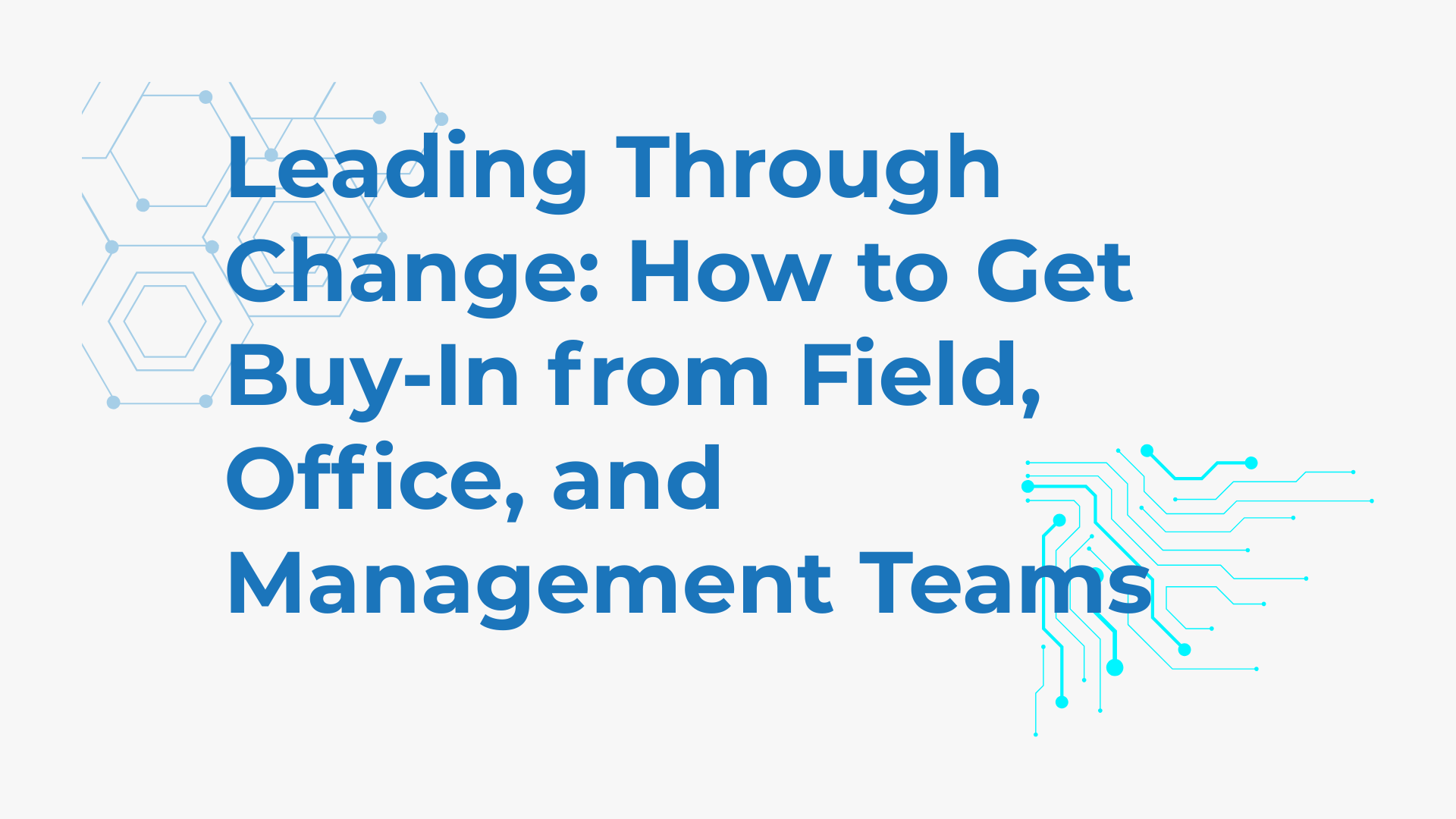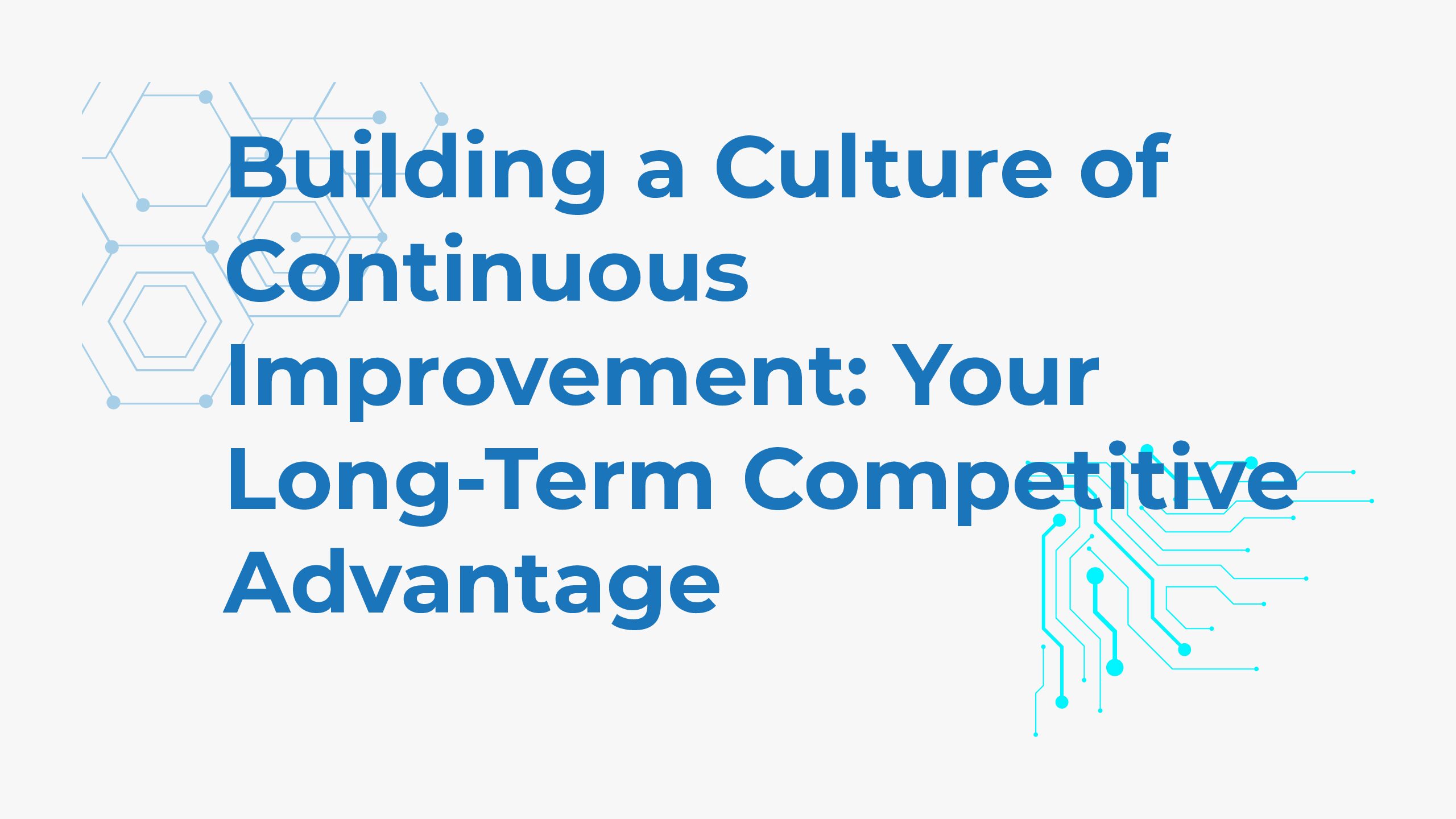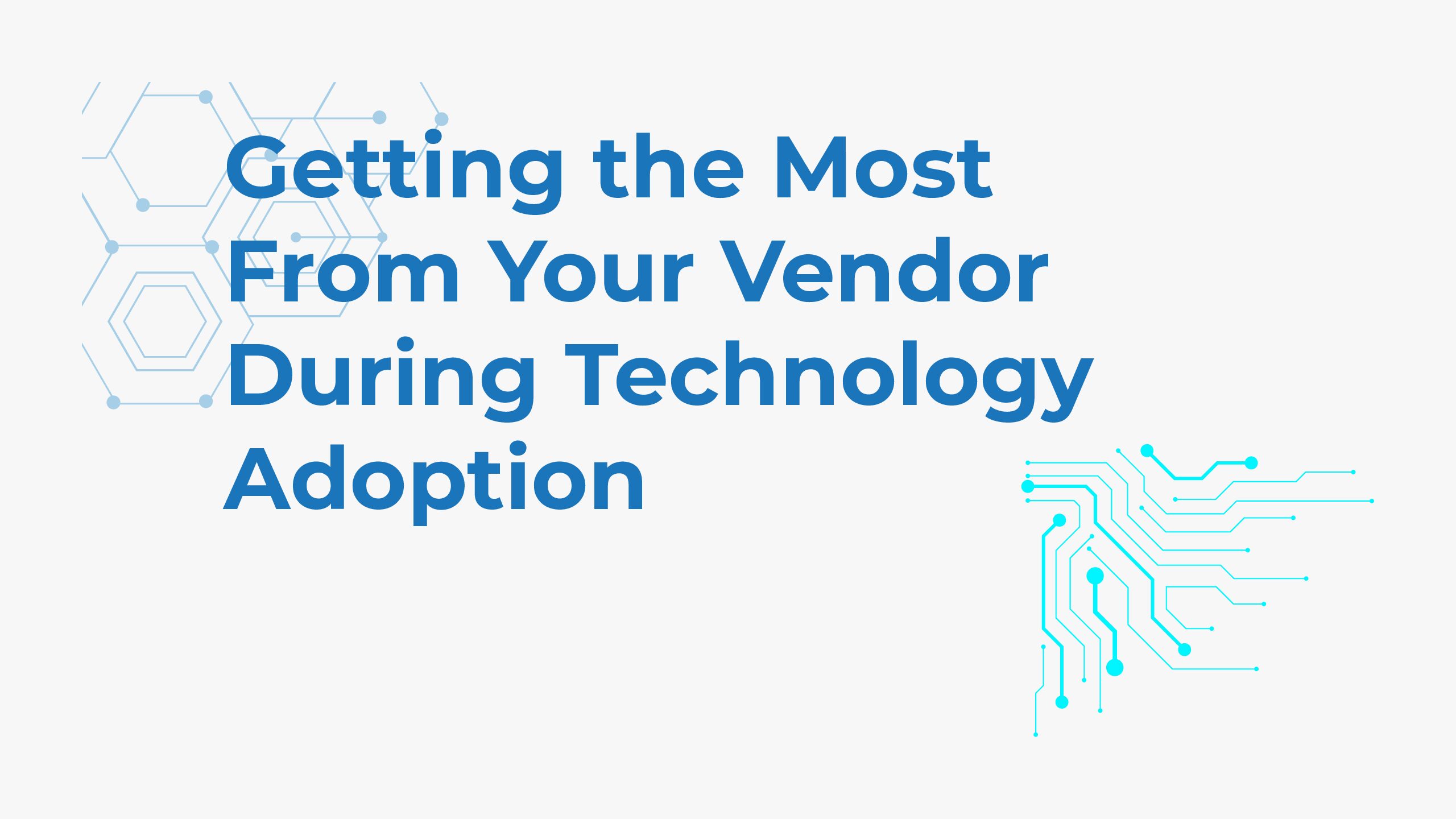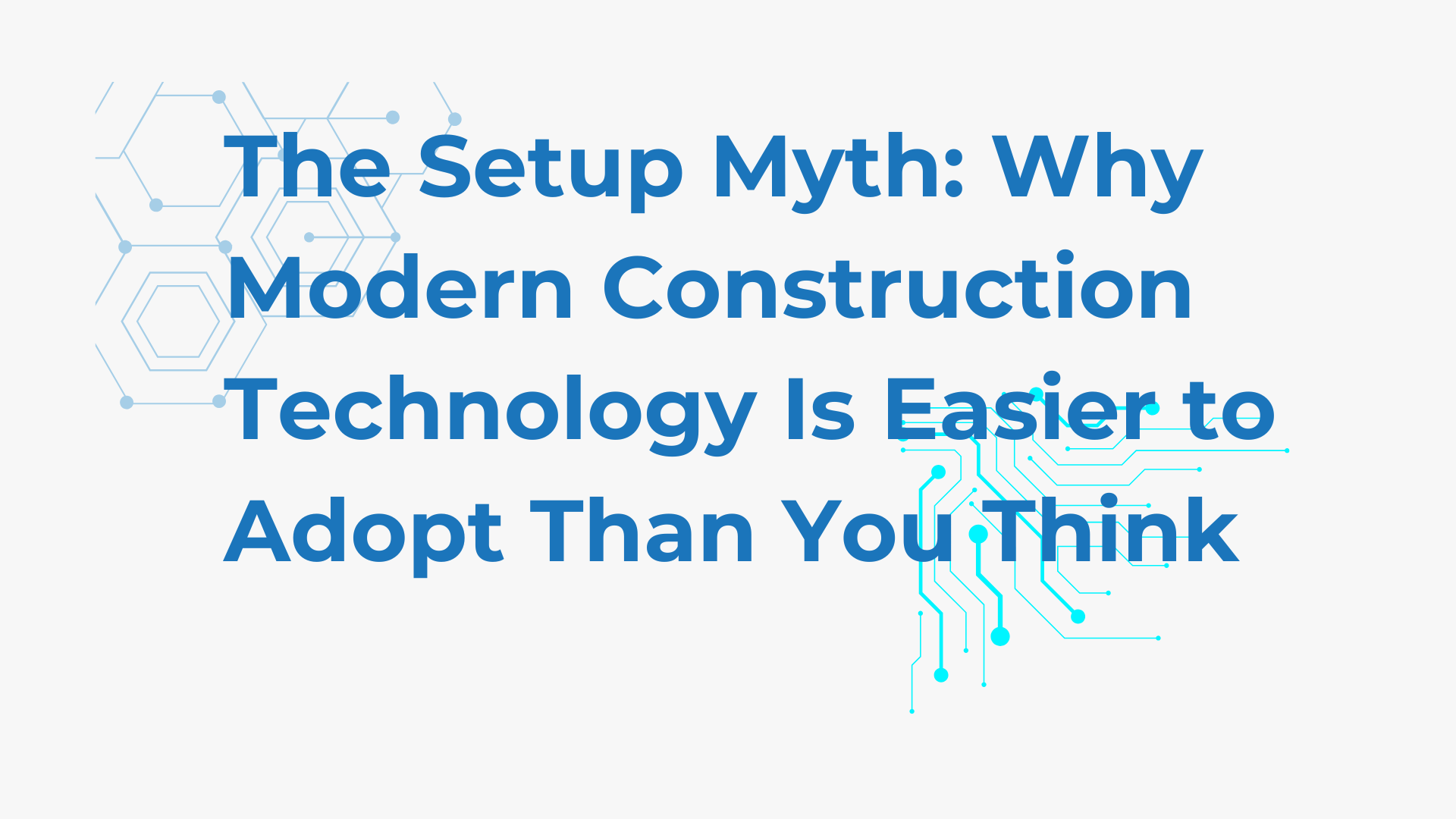
Introduction
In our last posts, we addressed the fear of disruption and the myth of complicated setups when adopting new technology.
But even when teams know adoption can be fast and focused, one major hurdle often remains: getting everyone on board.
In construction, the success of any new technology rollout depends less on the tool itself and more on the people who use it — from the field to the office to management.
Without real buy-in, even the best solutions can stall. But with the right leadership approach, you can turn hesitation into momentum — and create a culture that welcomes smart change.
In this post, we’ll show you how to lead through change, earn trust across your teams, and turn adoption into a foundation for lasting success.
Why Buy-In Matters More Than Features
Technology alone doesn’t drive results — people do.
No matter how powerful a tool is, it only works if teams believe in it, trust it, and choose to use it.
More features don’t guarantee success. In fact, trying to adopt too many features at once can sometimes slow adoption down.
But more buy-in almost always leads to greater success.
When people feel that change is happening for them, not to them, they engage, adapt, and champion the new way forward.
Buy-in isn’t just operational — it’s emotional.
Trust, ownership, and a clear understanding of the “why” behind the change are what turn new tools into real improvements.
Understand Each Group’s Perspective
Different teams care about different outcomes — and effective adoption depends on recognizing what matters most to each one.
- Field Teams care about ease of use and how the tool fits into their daily workflow. If it saves time or removes friction, it gets used.
- Office Teams want better coordination, cleaner documentation, and fewer headaches chasing down information.
- Management looks for ROI, risk reduction, and forward momentum — how the tool supports bigger strategic goals.
- You don’t have to do this alone.
Your vendor may already have messaging, demos, or training materials tailored to each group’s priorities.
Leverage those resources to speak more clearly to what matters most to your teams.
When you tailor your message — or use what’s already been tailored — you move from announcing change to earning support.
Communicate Early, Clearly, and Often
The sooner you start communicating, the smoother adoption will be.
Don’t wait until rollout — bring your teams into the story early.
Start by answering the question everyone cares about:
“Why are we doing this, and how does it help me?”
Be specific.
Instead of saying, “We’re installing new software,” say:
“This will save you 2 hours a week.”
“This will reduce jobsite paperwork.”
“This will make reporting easier and faster.”
Share early wins as they happen.
Real stories and small victories build credibility — and keep momentum alive.
Involve Champions from Every Level
Adoption moves faster when it’s not just led from the top — but championed from within.
Identify early adopters across all levels:
- In the field, find the foreman who’s already solving problems with tech.
- In the office, look for the project coordinator who’s eager to streamline reporting.
- In management, find the leader who believes in innovation and is ready to back it.
Give these champions visible roles — in pilot programs, training sessions, and feedback loops.
Their enthusiasm builds trust. Their experience builds confidence.
And their influence often carries more weight than top-down directives.
Focus on Small Wins First
The fastest way to build momentum is to solve a real problem — quickly.
Start with a few focused improvements that:
- Save time on repetitive tasks,
- Remove friction from daily workflows,
- Help teams succeed without adding complexity.
Small, visible wins do more than just validate the tool — they build belief.
They show that this change isn’t about more work. It’s about better work.
Once teams experience that firsthand, they’re far more likely to lean into the next phase of adoption.
Your Vendor Wants You to Succeed — Use That
The best vendors don’t just sell software — they invest in your success.
Why? Because long-term adoption is how they deliver real value — and keep your business.
That’s a win-win. And it’s one you should fully leverage.
Good vendors have already worked through dozens of rollouts. They often have:
- Messaging tailored to field, office, and management teams,
- Onboarding tools and best practices,
- Real-world examples of what works (and what doesn’t).
Don’t reinvent the process — lean on them. Ask for what you need.
You’ll move faster, avoid common pitfalls, and make adoption feel less like a burden — and more like a partnership.
Final Thoughts
Successful technology adoption isn’t about mandating change — it’s about leading people through it.
That means understanding what each team values, communicating clearly, celebrating small wins, and using every resource at your disposal — including your vendor.
The companies that thrive tomorrow will be the ones who lead through change today — not just with the right tools, but with the right people, the right approach, and the right support behind them.



